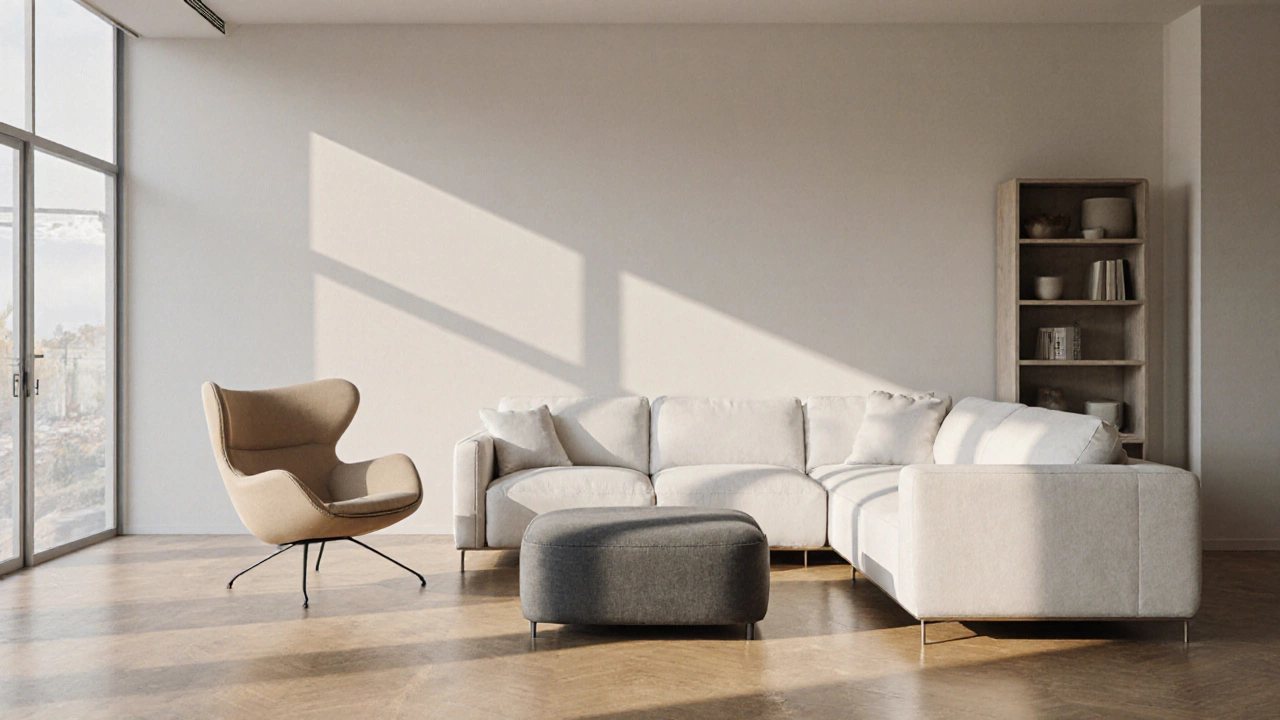Timeless Furniture Color: How to Choose Shades That Endure
When talking about timeless furniture color, a shade that looks fresh year after year and pairs well with changing décor. Also known as classic furniture hue, it helps create a room that feels anchored even when trends roll in. Interior design the practice of arranging space, colour, and texture relies heavily on these enduring tones because they set a stable backdrop for other elements. Pair that with smart paint matching the technique of selecting wall paint that complements furniture finishes and you get a cohesive look that won’t feel dated. Even the type of wood finish the surface treatment applied to timber pieces plays a big role, as the same colour can read differently on matte oak versus glossy walnut. Together these factors form the core of a lasting colour strategy.
Why Some Colours Stay Fresh While Others Fade
Timeless colour choices often fall into neutral families—soft greys, warm beiges, muted sage, or deep charcoal. These shades act as a canvas for accessories and art, meaning you can swap pillows or rugs without clashing. The semantic link is clear: timeless furniture color encompasses neutral hues, while vibrant accents provide personality without overwhelming the base. A colour that works across seasons also tends to be versatile across lighting conditions, which is why lighting the quality and direction of illumination in a room is a hidden player. Bright daylight can make a colour look cooler, while warm bulbs shift it toward amber—so a colour that reads well in both is truly timeless.
Another key connection is the relationship between upholstery and finish. A sofa upholstered in a charcoal linen will retain its appeal longer than a bright orange velvet, especially in high‑traffic homes. The fabric’s texture interacts with the wood finish of the frame; a matte finish softens bold colours, while a glossy finish can make even muted tones pop. This is why many designers advise matching the intensity of the colour to the sheen of the wood—known as the "finish‑tone balance". When you respect this balance, you reduce the need for frequent re‑paints or re‑upholstery, saving time and money.
Practical advice? Start by selecting a base colour that fits your home style the overall aesthetic of your living space, such as modern, rustic, or vintage. Test paint swatches on the wall next to the furniture at different times of day. Look at how the colour shifts with natural and artificial light. Then, decide on a wood finish that either complements or subtly contrasts your base colour. By following this three‑step flow—colour, light, finish—you’ll end up with a look that feels fresh for years.
Colour psychology adds another layer. Soft blues and greens can create a calming environment, while warmer earth tones encourage comfort and sociability. When the colour aligns with the room’s purpose—like a muted navy in a home office for focus—you get both visual appeal and functional benefit. Pairing this insight with the technical aspects of paint matching and wood finish ensures the colour not only looks good but also supports the room’s mood.
Below you’ll find a curated set of articles that dig deeper into each of these ideas. From guides on matching built‑in bookcases to wall paint, to durability tips for outdoor wood, the collection gives you actionable steps to lock in a colour palette that lasts.
Best Neutral Furniture Colors That Match Any Décor
Discover the neutral furniture colors that match any décor, learn how to pick the right shade, and avoid common pitfalls for lasting style.
More
